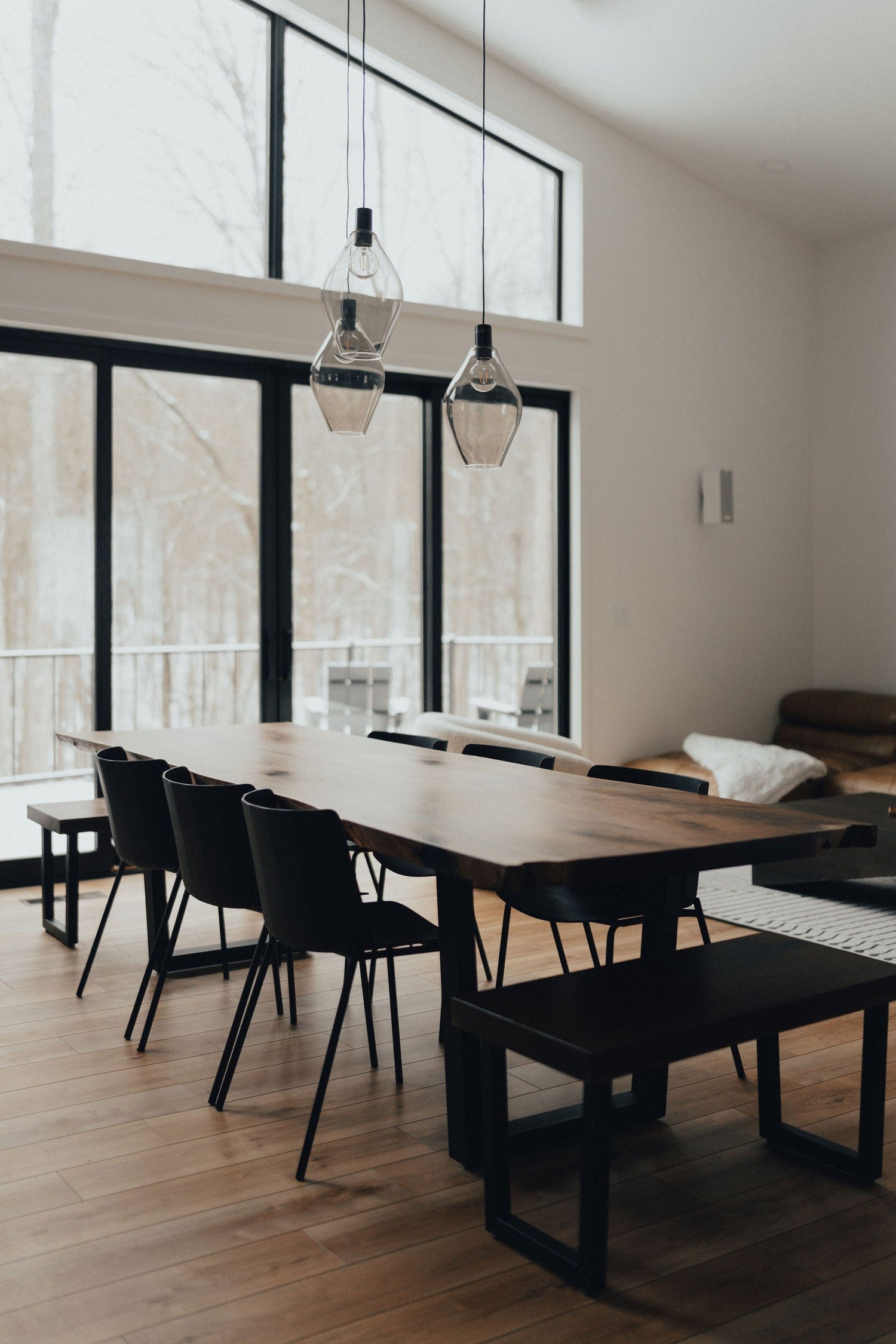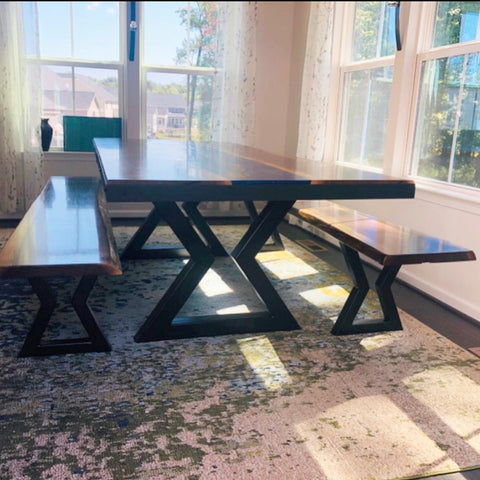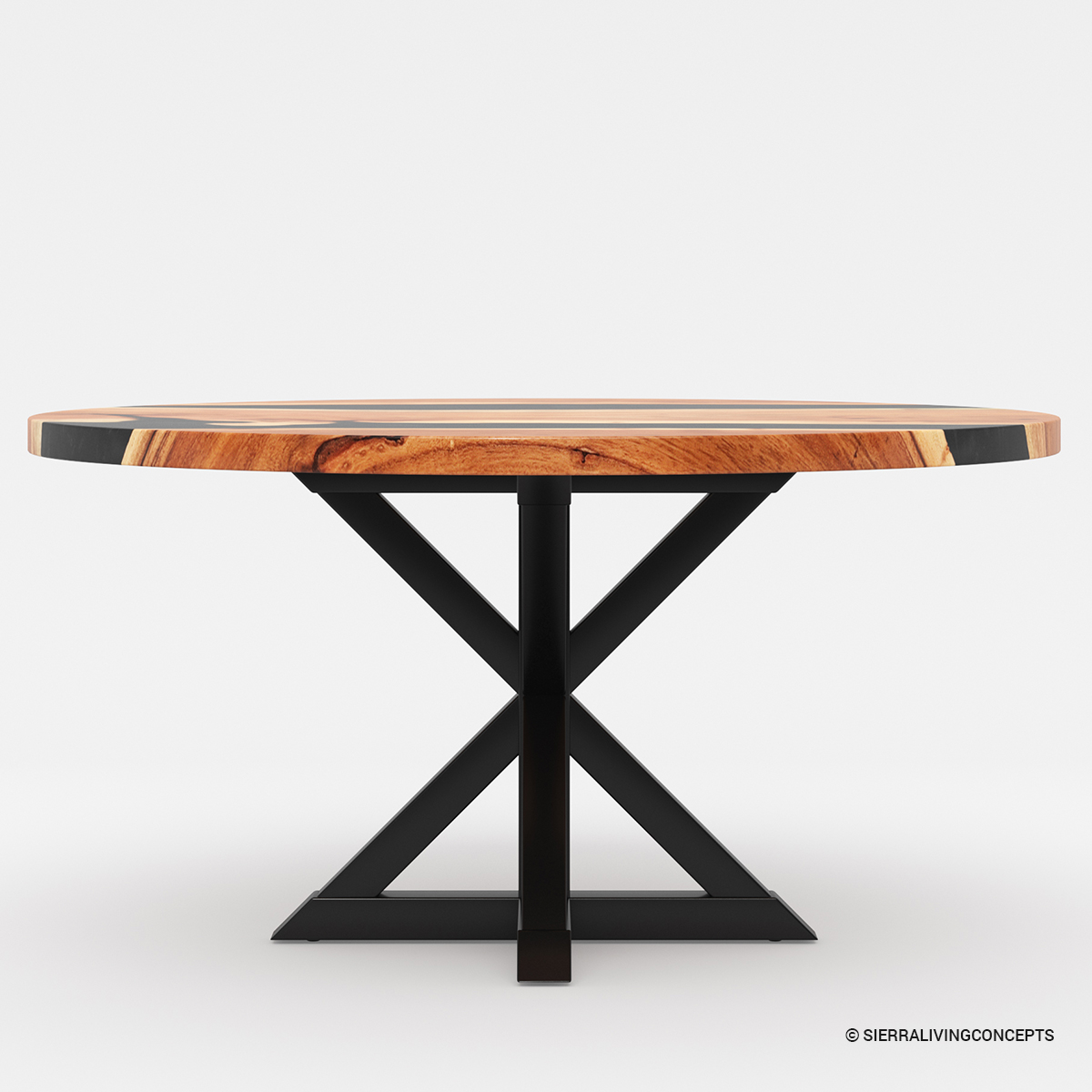Specialist Tips for Setting Up Dining Space Table Legs for Maximum Stability
When it comes to mounting eating area table legs, attaining optimum security is vital for both performance and appearances. What particular methods can enhance stability even additionally?
Choose the Right Legs
When picking the suitable legs for your dining area table, it is important to think about both functionality and looks. The legs you select will considerably impact the overall design and stability of the table. Initially, review the table's planned usage; if you anticipate frequent events, sturdier legs, such as those made from solid timber or steel, may be better, as they provide enhanced durability and support.
Following, take into consideration the elevation and style of the legs in connection to the table top. Typical eating tables usually vary from 28 to 30 inches in height, so make sure the legs align with this criterion for convenience. The style of the legs need to complement the style of the table top-- whether it be contemporary, rustic, or traditional. Tapered legs can include a modern touch, while turned legs might share an extra timeless aesthetic.

Select Appropriate Hardware
Just how can the right hardware enhance the security and long life of your dining room table? The choice of ideal equipment is critical to ensuring that the legs of your table are safely attached and able to endure regular use. High-grade screws, bolts, and braces give the essential strength to sustain the weight of the table, along with any additional tons positioned upon it throughout celebrations or dishes.
When picking screws, choose those made from long lasting materials such as stainless-steel or brass, which resist rust and preserve honesty over time. The size of the screws is just as vital; they must pass through deeply right into the table's framework without compromising stability. For bolted connections, consider utilizing lock washers to avoid loosening due to resonance or activity.
Furthermore, using corner braces can add added assistance, specifically for larger tables or those with larger tops. These braces disperse weight equally and aid keep the table's form. Guaranteeing that the equipment you choose is ideal for the specific products of your table will further improve its total stability and longevity, allowing you to enjoy your dining experience for many years to find.
Ensure Correct Alignment
Proper alignment of dining room table legs is essential for both aesthetic charm and practical stability. To accomplish ideal positioning, begin by measuring the range from the table's corners to the leg add-on factors.
Make use of a level throughout setup to verify that each leg is vertical Source to the table top. This step is critical, as even small disparities can escalate into significant security problems in time. It is advisable to mark the wanted leg positions on the bottom of the table with a pencil or covering up tape article source prior to protecting them. This practice works as a visual overview, enabling adjustments as needed.
In addition, verify the positioning after the first screws are tightened up, as modifications might be necessary before completely protecting the equipment. By focusing on proper placement, you not just enhance the table's total design however additionally guarantee that it continues to be steady and useful for years to find.

Think About Weight Circulation
After making certain correct placement of the dining room table legs, it's crucial to take into consideration weight distribution to enhance stability and functionality. dining room table legs. Correct weight distribution is vital in preventing wobbling and making certain that the table can support its intended lots without risk of tipping or falling down
When placing the legs, guarantee they are placed at equal ranges from the center of the table to evenly disperse the weight across the structure. Think about the weight of the tabletop and any type of items that will often hinge on it, such as tabletop home appliances or ornamental pieces. Tables with heavier surfaces must ideally have legs located closer to the edges, as this takes full advantage of the base of support and decreases the risk of instability.
Additionally, if the table is meant for use in a high-traffic area, consider making use of much heavier products for the legs or including stabilizing elements, such as cross-bracing or a reduced rack - dining room table legs. These changes can help maintain balance and avoid moving during use. Ultimately, a well-considered weight circulation method will considerably improve the table's total efficiency, ensuring it stays a functional and eye-catching centerpiece for your eating space
Test Stability Prior To Use
Evaluating the stability of the dining room table before use is a critical action that ought to not be forgotten. If the table shows instability, determine the legs or joints that might require change.
Next, check that all screws and fasteners are tightened up appropriately. Loosened connections can cause instability and prospective damages over time. If essential, use wood adhesive on joints to boost stability, making sure to allow appropriate drying time.

Verdict
Finally, the setup of dining-room table legs requires careful factor to consider of materials, hardware, placement, and weight circulation to attain maximum security. By choosing premium fasteners and tough legs, making certain exact alignment, and distributing weight uniformly, the structural integrity of the table can be dramatically boosted. Performing a stability test prior to regular use additionally makes certain that the table will hold up against daily pressures, therefore providing a trustworthy and risk-free dining experience.
When it comes to installing dining space table legs, accomplishing optimum stability is vital for both performance redirected here and appearances. The legs you choose will significantly impact the total layout and stability of the table (dining room table legs). Typical eating tables usually vary from 28 to 30 inches in height, so make certain the legs line up with this requirement for comfort.Correct alignment of eating area table legs is essential for both visual allure and practical stability.In final thought, the setup of eating area table legs needs cautious factor to consider of materials, hardware, weight, and alignment distribution to achieve optimum stability